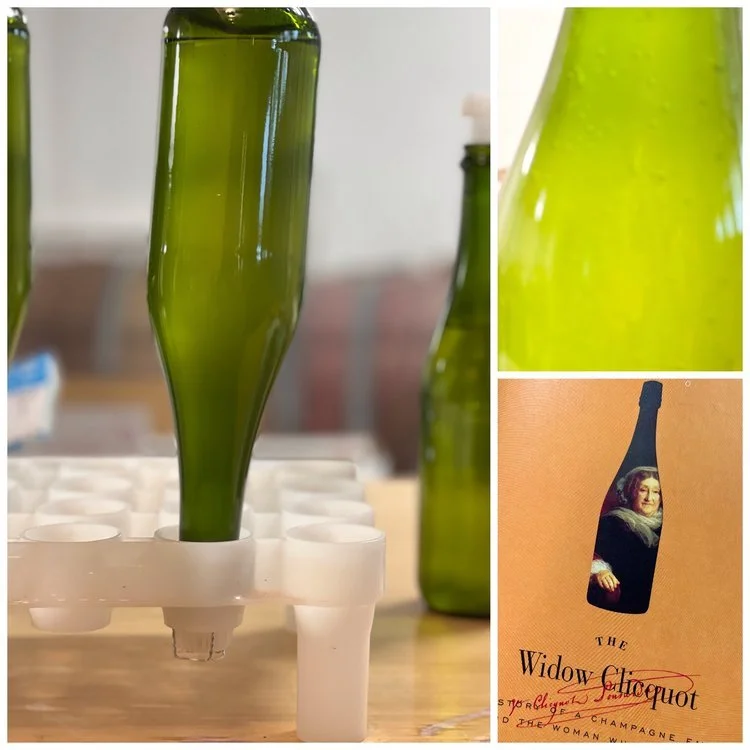Words and Wine -- Grit, Gritty, and Ungritted - May 5, 2023
Within the past few days I read an opinion regarding the realities and difficulties of running a small business. Although the author did not use it, I haven’t been able to get the word ‘grit’ out of my mind. The thought process this word provoked snowballed into the different ways grit enters my life. So here is my gritty truth.
Yes, it takes grit and more to run a small business (especially surrounding alcohol). This month alone we have 10 events on the books. That’s 10 permits to file with the PLCB, at a cost. 10 certificates of insurance to request. Ivy is stocked according to the type of event so she must be loaded and unloaded and loaded again for each event.
We are also due to bottle wines for June/July events, and we have 110 gallons of Chilean Pinot Grigio being delivered next week ready for us to kick off fermentation. Just to be clear, it doesn’t take grit to make wine. It does take grit to balance the amount of work it takes to sell that wine!
Considering the above as positive grit, there is also negative grit in my life. Gritty Food! One tiny grain of sand in my food will run my blood cold. It could be sand from soil that clings to the vegetables during the rinse cycle or sand in steamed clams and mussels, or bits of shell left behind on raw oysters. The only of these I can tolerate are the oysters and that is because I have a ‘gritless’ eating technique. If that technique fails, I can use the little fork.
Last in this brief rabbit hole, does sediment in wine have grit? My answer to this, as a grit authority, is “no”. Wine sediment is ungritted. The different types of things that are found floating in wine (cork not included) are limited.
Sediment from the winemaking process leaves a soft, chewy texture unlike a grain of sand which is caused when the bottler sucks too close to the bottom of wine barrel.
Wine diamonds (tartrates) are crunchy and border grit like consistency, but are not gritty. Wine diamonds are caused by the temperature change of the bottle, usually from warm to cold.
If you leave an unfiltered bottle of wine in the heat, it may kick off another fermentation which will leave little dead yeasts and minute byproducts on the bottom of the bottle which are also non-gritty.
All of these are unsightly, but none alter the quality of the wine.
With this gritty analysis complete, I’ll be reaching for a glass of wine. There was a time, not so long ago, that I didn’t have many choices. Now I not only have choices, I’ve tapped a keg in my kitchen.
¡A tu Salud!
Sharon




